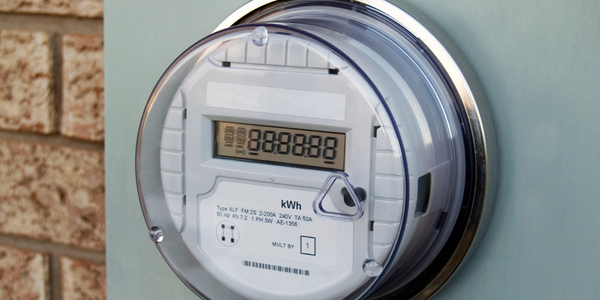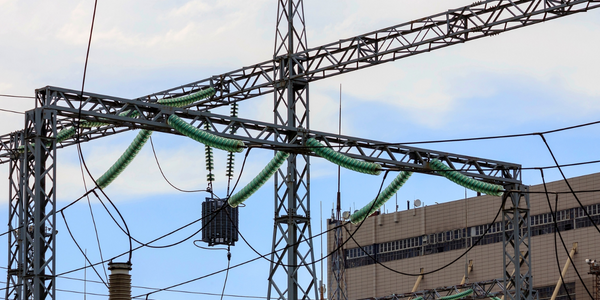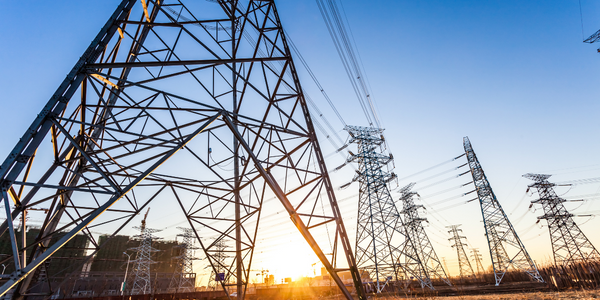Technology Category
- Networks & Connectivity - Gateways
Applicable Industries
- Cement
- Electrical Grids
Applicable Functions
- Maintenance
Use Cases
- Construction Management
- Remote Control
Services
- System Integration
About The Customer
Electrolux Group is a leading international market player in the kitchen appliances, housecleaning solutions, and gardening equipment industry. The company prides itself on being at the forefront of technological and innovative progress in its industry. Every year, consumers from more than 150 countries purchase over 55 million products from Electrolux. Its well-known brands for home and professional applications include AEG, Electrolux, Eureka, Frigidaire, Husqvama, and Zanussi. In 2006, Electrolux had sales of 104 billion Swedish Kronor (U.S. $15.9 billion) and 59,500 employees.
The Challenge
Since the 1990s, Electrolux has experienced significant growth and acquisitions, leading to a lengthy process of reorganization. For the IT organization, this meant consolidating infrastructure, focusing resources into a few data centers, and emphasizing connections between these data centers, business offices, and production plants. Connections with the remaining server farms at local sites were equally important. Electrolux had approximately 600 UNIX and Windows servers and about 70 AS/400 systems in Europe, as well as a mainframe. Over time, especially following acquisitions, various problems arose due to the integration of disparate information systems. VPNs had to be established to link different equipment and operating environments while maintaining their ability to be remotely managed. In 2005, Electrolux accelerated the process to optimize its infrastructure and solve the problems of managing such a widely distributed system.
The Solution
Electrolux has been using Check Point solutions since 1995 to protect its Internet access gateways and communications between different business units. Electrolux adopted Check Point VPN-1 Power and VPN-1 SecureClient to secure point-to-point links and to enable IPSec-based remote access. Meanwhile, centralized remote management was established with SmartCenter, which is used primarily to manage firewalls at the European level, enabling maintenance of a unified, homogeneous policy across the continent. In the diverse environment that Electrolux operates in, the platform neutrality of VPN-1 Power assumes special importance. The flexibility of Check Point solutions has enabled the IT organization to deal with a broad range of scenarios.
Operational Impact
Quantitative Benefit

Case Study missing?
Start adding your own!
Register with your work email and create a new case study profile for your business.
Related Case Studies.

Case Study
System 800xA at Indian Cement Plants
Chettinad Cement recognized that further efficiencies could be achieved in its cement manufacturing process. It looked to investing in comprehensive operational and control technologies to manage and derive productivity and energy efficiency gains from the assets on Line 2, their second plant in India.

Case Study
Hydro One Leads the Way In Smart Meter Development
In 2010, Ontario’s energy board mandated that time-of-use (TOU) pricing for consumers be available for all consumers on a regulated price plan. To meet this requirement, Hydro One needed to quickly deploy a smart meter and intelligent communications network solution to meet the provincial government’s requirement at a low cost. The network needed to cover Hydro One’s expansive service territory, which has a land mass twice the size of Texas, and its customers live in a mix of urban, rural, and remote areas, some places only accessible by air, rail, boat or snowmobile. Most importantly, the network needed to enable future enterprise-wide business efficiencies, modernization of distribution infrastructure and enhanced customer service. To meet these needs, Hydro One conceptualized an end-to-end solution leveraging open standards and Internet Protocols (IP) at all communication levels. The utility drew upon industry leaders like Trilliant to realize this vision.

Case Study
Selling more with Whirlpool
Whirlpool wanted to add connectivity to appliances and transform the company's relationship with customers. Traditionally, Whirlpool interaction with customers was limited to purchases made once every ten years. Connected washer and dryers provide exciting new features like remote management of start times and inter-machine communication.

Case Study
SAS® Analytics for IoT: Smart Grid
Companies face falling revenues, rising infrastructure costs, and increasing risk of outages caused by inconsistent energy production from renewable sources. Less money is coming in as more people and organizations take steps to curb their energy use. Utilities are paying more to maintain and build infrastructure due to increasing complexity, resulting from the rising number of intermittent and variable renewable energy sources connected in the distribution grid.

Case Study
Enel Secures Italian Power Generation Network
Electric energy operators around the world are working to increase the reliability and cyber resiliency of their systems. This includes Enel, a global power company that manages and monitors the Italian power grid. This grid:• Serves 31 million customers• Has a net installed energy capacity exceeding 31 gigawatts• Includes more than 500 power generation plants,including hydroelectric, thermoelectric, and wind• Is managed and monitored by Enel 24/7/365• Is operated by Terna, the Italian Transmission System Operator (TSO)Enel is responsible for the availability of the grid’s underlying ICS and industrial network. It also manages Regional Control Centers and Interconnection Centers which connect with the TSO. The TSO manages the flow of energy to the grid plus controls and remotely regulates the power generation of power plants, increasing and decreasing power production as required. The complex system of interaction and cooperation between Enel and the TSO has strong security implications as well as operational and business challenges.

Case Study
IoT based Energy Quality Availability Monitoring Solution
There were several challenges faced:Since this data would be in the public domain, accuracy and authenticity of this data were of paramount importance. It should be able to withstand scrutiny.It is challenging to build an appliance that can withstand a wide range of voltage fluctuations from as low at 90v to as high as 320v. Since the device would be installed in remote locations, its resilience was of paramount importance.The device would have to deal with poor network coverage and have the ability to store and re-transmit data if networks were not available, which is often the case in rural India. The device could store up to 30 days of data.The platform that deals with the data should be readily available and highly reliable and never lose a packet of data.







